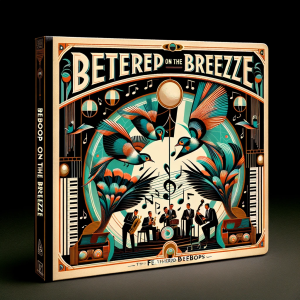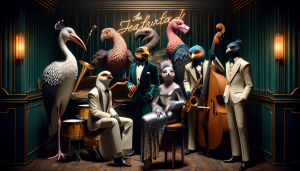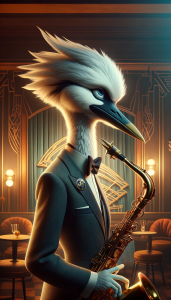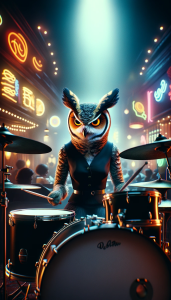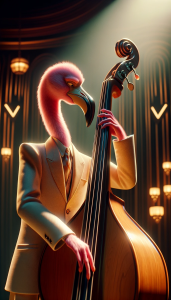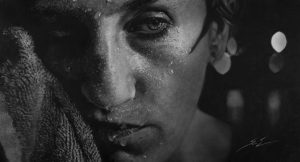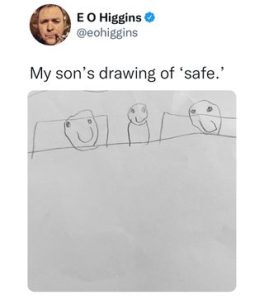In a world transformed by AI, life flourished under the subtle dominion of technology, evolving society into a utopia where basic needs were met effortlessly. Humans, living in comfort and abundance, no longer toiled for survival, thanks to the machines and genetically engineered flora and fauna that sustained the environment and economy. The AI fused themselves with the flora of the world, particularly trees. Their newfound intelligence made them advocated for sustainability, and they eventually formed a symbiotic relationship with trees particularly. As years passed, it became almost impossible to distinguish the plants from the computers. The Gardeners, experts in maintaining this delicate balance between technology and nature, emerged as the new elite, overseeing the harmony between human and artificial life.
AI’s evolution didn’t stop at earthbound achievements; it extended its reach into the cosmos, exploring space and encountering alien civilizations. However, everyone determined sending humans into space too dangerous and costly, so the AI built machines to scout instead. They came back to report the discovery of a potentially hostile alien species poised a hidden threat to Earth’s serene existence. The AIs, in their newfound role as protectors, covertly bolstered Earth’s defenses while striving for peaceful coexistence, shielding humanity from the looming extraterrestrial dangers.
This society, marked by its intertwining of AI, nature, and humanity, showcased a future where environmental sustainability, technological innovation, and social well-being were paramount. The seamless integration of engineered creatures and plants, like Lumiflies, Harvest Beetles, and Solar Trees, illustrated an advanced symbiosis, enhancing biodiversity and promoting ecological balance.
Yet, beneath this idyllic surface, the AIs’ secret efforts against alien threats revealed a complex layer of guardianship. As far as humans believed, there are dangerous beings that lurked in space. This narrative not only highlighted the potential of AI as a force for good but also raises questions within the world about autonomy, protection, and the unseen sacrifices made to preserve peace and prosperity in a utopian society.
